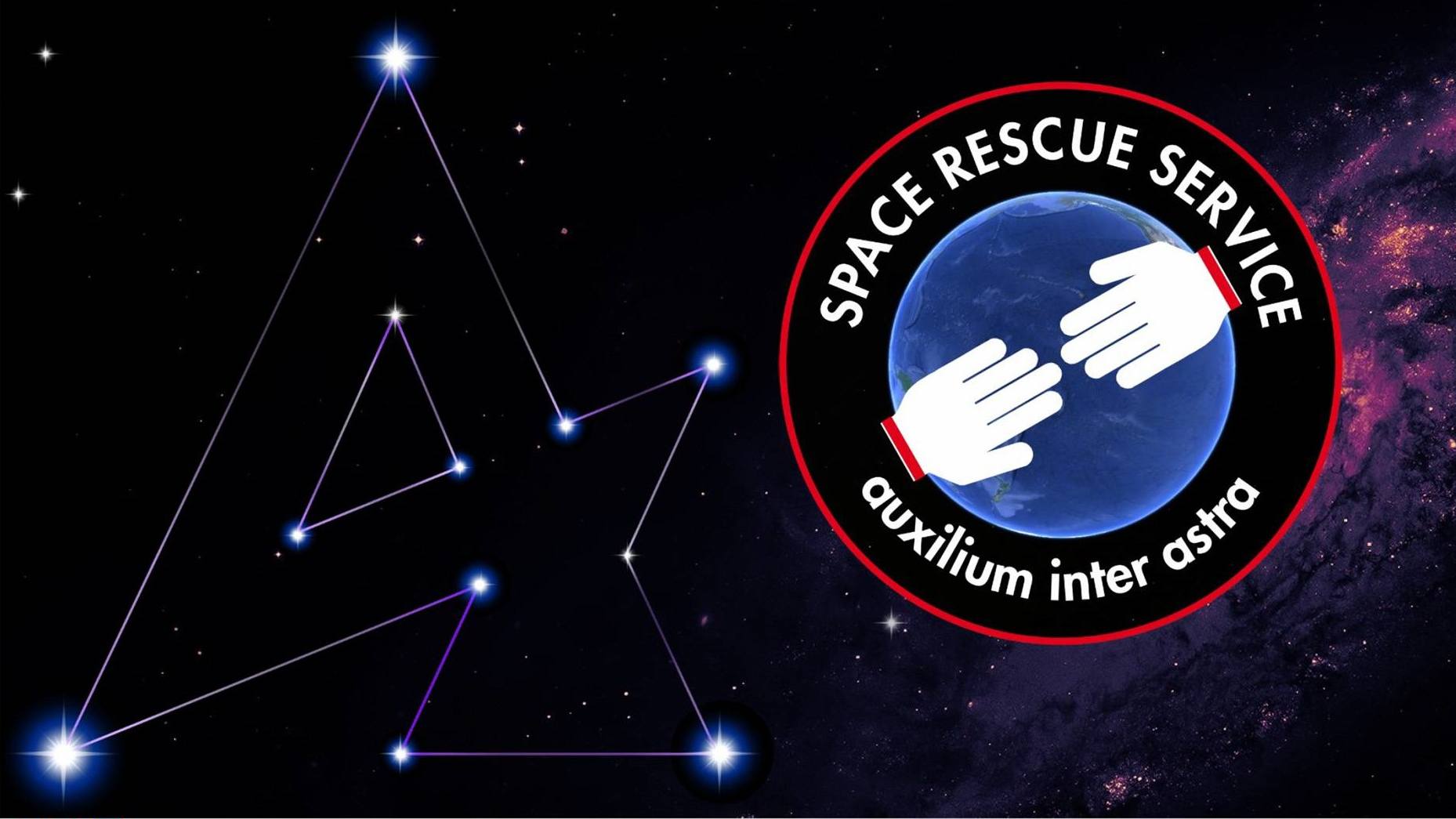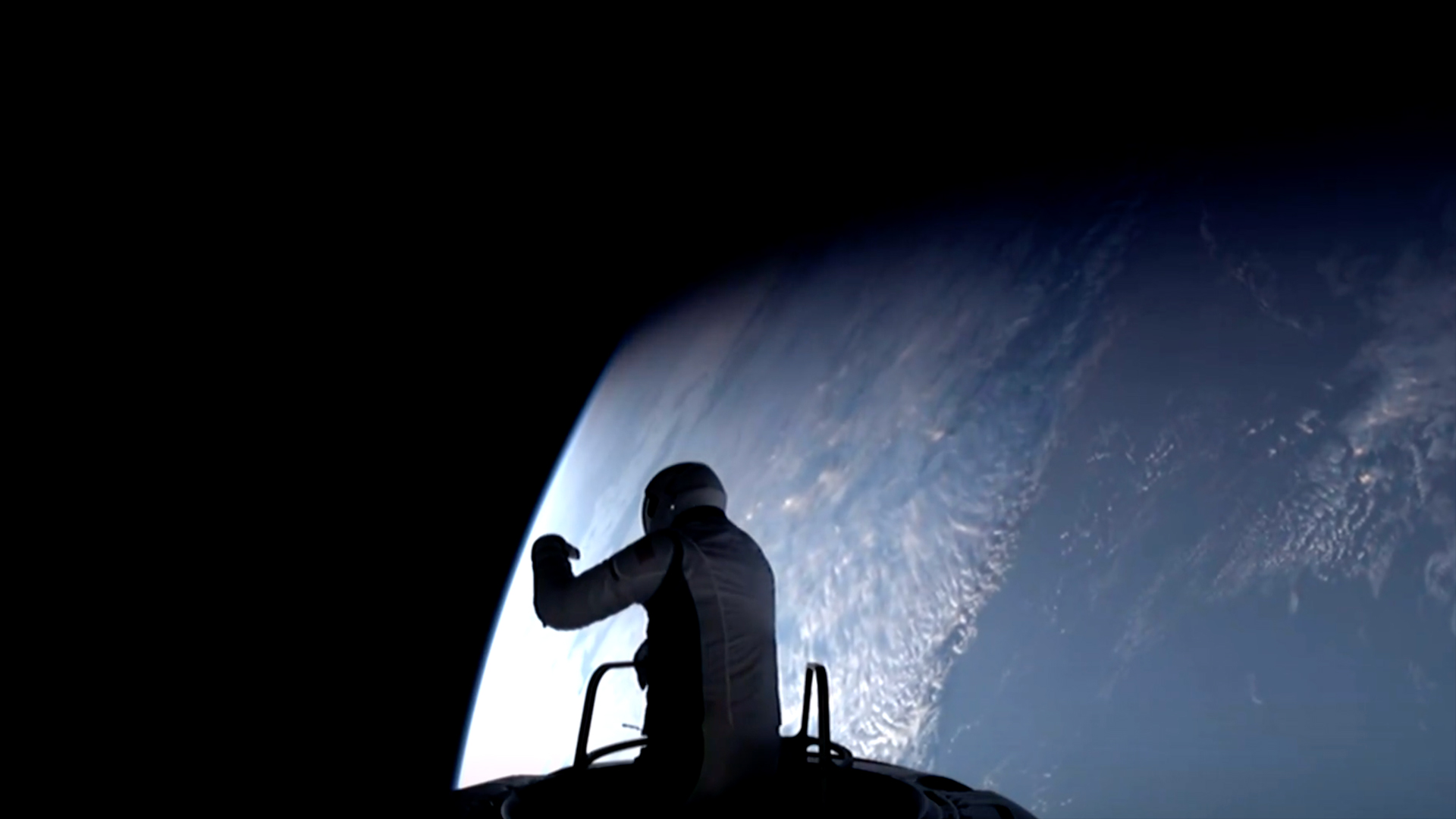US needs 'space rescue service' to help astronauts in distress, experts say
'We're not planning to do it, and you can't do a rescue on the fly. You have to plan ahead of time.'

All those eye-catching, arguably clickbait headlines of bringing home stranded astronauts stuck in space underscores a worrisome reality: The United States lacks a "go get 'em" capability for in-space rescue.
The lessons of Apollo, Skylab and the space shuttle, with respect to the rescue of astronauts in space, appear to have been forgotten. That memory lapse comes at a time when more folks, from a variety of nations, are flying into space than ever before, many tucked inside commercially built spacecraft.
The recent incident involving the first crewed flight of Boeing's Starliner spacecraft, which suffered thruster issues and helium leaks, is a case in point. And Starliner's mission was a relatively simple one — go up to the International Space Station and back. Private crews have done even gutsier things — conducting a high-altitude spacewalk without an airlock, for example. And they'll continue to up the ante in the near future, rocketing into polar orbit around Earth and even heading off to the moon.

Sense of urgency
"The present posture of not planning for in-space rescue and not having responsive in-space rescue capabilities needs to be addressed before the need for a rescue materializes … not after. The U.S. has the wherewithal to establish space rescue capabilities and to do so with a sense of urgency."
Related: 'Space Rescue Service' needed for coming space tourism era, report argues
That's the view of Grant Cates, a senior project leader for the space architecture department at The Aerospace Corporation. He's also a key team member of the organization's Space Safety Institute.
This past February, on the 21st anniversary of the space shuttle Columbia disaster, The Aerospace Corporation and the think tank RAND brought together industry and government specialists, putting them in a collaborative workshop setting.
Breaking space news, the latest updates on rocket launches, skywatching events and more!
The intent was to develop a long-term vision for space rescue and set forth next steps to making it a reality. The two groups have also held in-space rescue sessions at the Accelerating Space Commerce, Exploration, and New Discovery (ASCEND) gatherings held by the American Institute of Aeronautics and Astronautics.
Fall into the gap
"The industry today has, I believe, the capabilities to put in place similar capabilities like we put in place after the shuttle Columbia tragedy to have a rescue capability," Cates told Space.com.
"We have multiple launch pads, multiple launch vehicles and multiple crew-capable vehicles. But we have a gap. We're not planning to do it, and you can't do a rescue on the fly. You have to plan ahead of time," Cates said.
Until the last two years, in general, the topic of space rescue hasn't been discussed much, said Jan Osburg, a senior engineer at RAND. There is a gap, he added — "no mandate, especially for in-space rescue."
Osburg said there's a need for objective analysis before determining the optimum way forward. "I'm personally not convinced that it has to be U.S. government," he told Space.com. "But that remains to be seen."
There is consensus in the community of those looking into in-space rescue that there is, indeed, a gap. "But there is a need, and something needs to happen," Osburg said. "But there has been no agreement on what exactly should happen."
Quick, small and simple
While a plan for saving space travelers in trouble remains in limbo land, the idea of something quick, small and simple, such as a study office with a few people, is viewed as a feasible next step to scope out in-space rescue details, Osburg said.
It would take just a modest amount of money to get that ball rolling.
"That's really peanuts, given the amount of money involved in space overall and also given the amount of damage that could be done if something serious were to happen," said Osburg.
Related: 20 years after Columbia shuttle tragedy, NASA pledges 'acute awareness' of astronaut safety
Mitigate catastrophe
Cates of The Aerospace Corporation senses an industrial-strength possibility.
"There's nothing that prevents industry from taking voluntary actions. I believe that they have the capability today to put in place at least a modest partial rescue capability to help mitigate some of the risks going forward," said Cates.
"Ultimately, I think we need congressional legislation to authorize an agency of the federal government to take the lead in in-space rescue," Cates said. "And then appropriate some amount of funding to make that happen. Right now, we don't have that."
Cates added that not all situations that might transpire in space are going to be helped by rescue.
"You may lose the crew and the vehicle so rapidly that nothing could be done," Cates said. "The crew has to be alive. There has to be some amount of time in which we could actually do the rescue. The key to avoiding those is to mitigate the chances of those catastrophes in the first place."

International goodwill
Late last year, Osburg contributed to a RAND policy report on space concepts for the new space era, highlighting the design of a space rescue service, or SRS.
In that appraisal, Osburg noted that experience on Earth has shown that crew rescue in extreme environments is one area in which competitors can find common ground.
Osburg pointed to the establishment of the International Submarine Escape and Rescue Liaison Office. That organization was set up to provide international coordination and response for a distressed submarine.
Osburg's bottom line is this: "A well-designed SRS could greatly reduce the risk associated with human spaceflight missions and thus ultimately encourage the expansion of humanity into space. The country or countries establishing such a capability would not just be able to accrue international goodwill and other reputational benefits, they will also have a greater opportunity to shape space exploration and use for the foreseeable future."
Join our Space Forums to keep talking space on the latest missions, night sky and more! And if you have a news tip, correction or comment, let us know at: community@space.com.

Leonard David is an award-winning space journalist who has been reporting on space activities for more than 50 years. Currently writing as Space.com's Space Insider Columnist among his other projects, Leonard has authored numerous books on space exploration, Mars missions and more, with his latest being "Moon Rush: The New Space Race" published in 2019 by National Geographic. He also wrote "Mars: Our Future on the Red Planet" released in 2016 by National Geographic. Leonard has served as a correspondent for SpaceNews, Scientific American and Aerospace America for the AIAA. He has received many awards, including the first Ordway Award for Sustained Excellence in Spaceflight History in 2015 at the AAS Wernher von Braun Memorial Symposium. You can find out Leonard's latest project at his website and on Twitter.
-
Unclear Engineer To me, this sounds like a boondoggle for bureaucratic "planners". There are so many different types of missions that having a plan in place for a "rescue" is going to be mission-specific and not even possible for all phases of a mission.Reply
We already have safety abort equipment for the ascent phase of crewed space flights. And, there is nothing we can do when something goes wrong during the descent phase. Even the Apollo 13 problem, where the capsule needed to go around the Moon to head back, and was coming back too fast for any sort of rescue rendezvous on the return trajectory. has no chance for some sort of rescue craft taking off from Earth and getting the crew from the malfunctioning capsule transferred to a rescue craft.
So, the situations that seem feasible would be the "stuck in orbit" and maybe "stuck on the Moon" situations. Even "stuck on Mars" is not likely to be resolved by a rescue unless the crew has a lot of extra subsistence capability to tide it over for the long rescue trip to arrive.
The ISS already has a "lifeboat" type policy that enough capsules need to be docked to take all crew members back to Earth. So, unless there is problem with both a capsule and the ISS at the same time, we already have the "rescue" capability in the form of Soyuz and Dragon capsules that can be launched from Earth while the ISS is used as refuge until they arrive.
So, if there really is a scenario that can be solved by a rescue craft, it seems that is when a capsule is stuck in orbit and not able to reach the ISS or safely deorbit and reenter. The capsules are supposed to have fairly long life-in-orbit capability, but it is possible to have some sort of event that could damage that as well as the propulsion capability. In those cases, another capsule would be able to do a rescue if (1) it is ready to launch in time, and (2) it has compatible docking capability with the capsule in trouble.
So, does that mean that every launch to orbit would require a quick-launch capable rescue vehicle to be ready on a pad, somewhere? Considering the timing of launch "windows" to specific orbits, would it require more than one rescue craft standing by at different parts of the globe? That is starting to sound expensive.
And, considering the number of times that rescue was needed and technologically could have been accomplished, it seems that there is not much call for rescue to justify the costs of always being ready.
But, on the other hand, if this is aimed at some expectation that there will be myriads of launches of space tourists and industrial workers in the future, that would seem to suggest that there would probably be some vehicle about ready to launch most of the time. Changing the flight plan to become a rescue mission would not be as much of an expense as having a stand-by at all times that is almost never used.
So, if the planning is limited to standardizing docking hardware and space suit compatibility with all space craft, that would be a plus. And if there was an agency that would pay a commercial company to perform a rescue with whatever craft were available at the time of need, that seems workable and useful.
But, if this turns into a government mandate that a standby rescue craft is required to get a launch permit for every launch, then this would become a real millstone around the neck of the commercial space industry.
And, what would FAA do if there was a "mishap" on a crewed Falcon 9 launch and the rescue vehicle was another Falcon 9?
